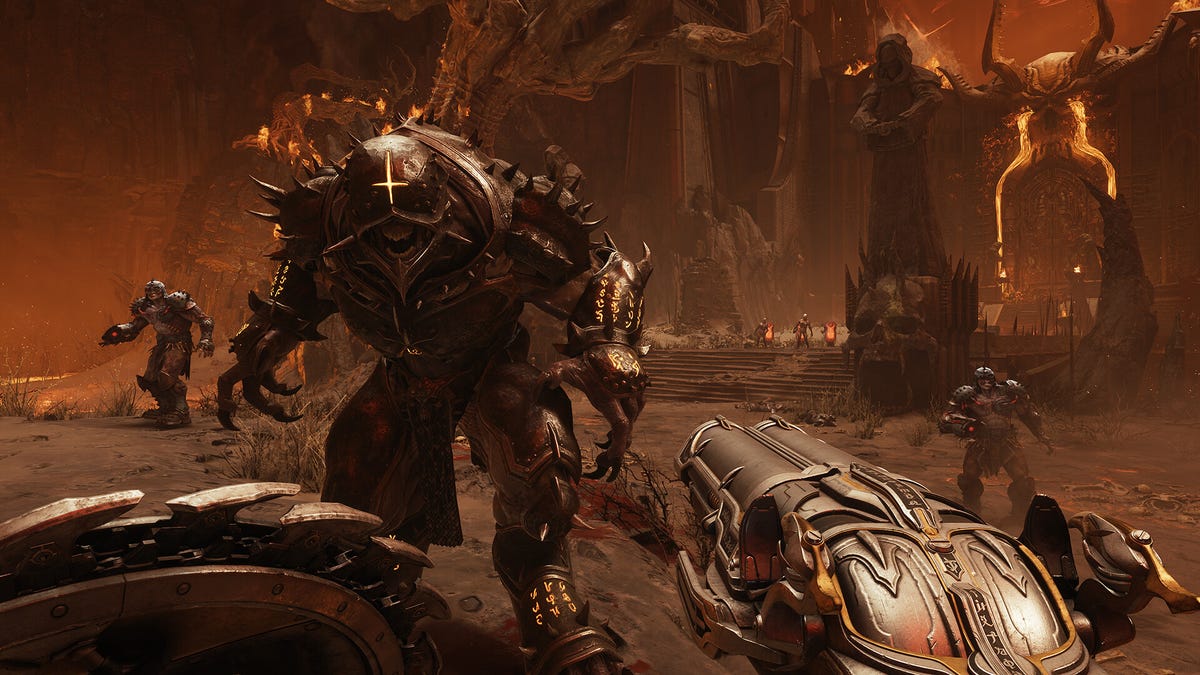Time Tracking Has a Reputation Problem. Can AI Change That?
Time tracking has long been a source of tension in the workplace. Sure, on paper, it promises more focus and better productivity. In practice, however, it often becomes just another task or, even worse, a subtle form of oversight. And when you add clunky or intrusive tools, you get friction instead of clarity. The result? […] The post Time Tracking Has a Reputation Problem. Can AI Change That? appeared first on Unite.AI.
Time tracking has long been a source of tension in the workplace. Sure, on paper, it promises more focus and better productivity. In practice, however, it often becomes just another task or, even worse, a subtle form of oversight. And when you add clunky or intrusive tools, you get friction instead of clarity.
The result? Teams lose trust in the process. What should be a tool for insight starts to feel like micromanagement. And yet, we’re clearly not getting it right. One study shows the average worker is only productive for 2 hours and 53 minutes a day. That’s less than a third of the workday. The rest of the time? It slips away in meetings, endless context switching, multitasking, and the pressure to appear busy. Not actually being productive, just looking like it.
Time tracking was supposed to help solve this. But without visibility into how time is actually spent, teams are left guessing. When tools designed to help feel more like micromanagement, trust erodes. So, what’s needed is a shift in how time is understood and how it’s measured. One that moves away from control and toward clarity.
Traditional time tracking & its shortcomings
Most time tracking systems are built on the assumption that work happens in clear, linear blocks. But that’s rarely true. In fact, the traditional 9-to-5 model no longer reflects how people actually get work done. More people are shifting toward nonlinear workdays, where tasks are spread around energy highs and lows rather than rigid time blocks. Work doesn’t fit neatly into predefined boxes and forcing it to often creates more problems than it solves.
So when time tracking demands precision, people either fudge it or abandon it. Logging time becomes its own task, yet another checkbox on an already overloaded to-do list. Over time, trust in the system erodes. Instead of helping teams understand how they work, these tools often add friction, not insight.
The deeper issue is what these systems are designed to measure. They often reward being visible, such as staying online, appearing responsive, and checking into meetings, rather than delivering meaningful results. The focus shifts from doing the work to showing that you’re doing the work. And the kinds of tasks that get prioritized in these systems aren’t always the ones that matter most. A huge share of time is spent chasing updates, managing notifications, jumping between tools, responding to internal messages, or sitting through repetitive meetings. In fact, 60% of employee time now goes to this kind of “work about work.” It creates the illusion of productivity while pulling focus away from deeper, high-value tasks that actually drive progress.
Traditional time tracking tools weren’t made for how we work today. They’re built around the idea that work is stable and predictable, but the reality is constant context switching, collaboration, and shifting priorities. That means these tools often end up tracking the wrong things. If time tracking is going to be useful, it has to do more than just log activity. It should help people protect their time, cut through distractions, and focus on what actually matters. Teams don’t need another compliance tool; they need something that brings clarity to how work really happens.
Where AI can actually help
AI offers a chance to rethink the structure and purpose of time tracking. The goal isn’t to monitor people; it’s to understand how work actually unfolds. By passively analyzing patterns across tools, communication, and workflows, AI can build a clearer, more accurate picture of how time is spent without adding tasks or disrupting flow.
For example, AI can recognize when someone is in deep focus or constantly context switching and respond in ways that help preserve productivity. It doesn’t just report on time spent in meetings or coordination; it surfaces patterns in real time, such as how long it takes to recover after interruptions or when the workload starts tipping toward burnout. These insights are timely enough to support mid-day course corrections, whether that means switching tasks, stepping away for a break, or adjusting priorities.
Just as importantly, AI can adapt to individual work styles. Some people are most productive in the early morning, others in focused sprints later in the day. Systems that learn and adjust to these rhythms, rather than impose a rigid structure, help preserve energy and prevent fatigue.
Used well, AI removes the friction from traditional time tracking by eliminating timers, manual input, and extra effort. Tools like EARLY’s AI time tracker make this possible by running quietly in the background, automatically picking up how time is spent across meetings, tools, and tasks. It doesn’t interrupt or require anyone to change how they work. Instead, it gives a clear view of where the day goes, helping people protect their time and stay focused.
For individuals, that means seeing breakdowns or distractions as they happen, so there’s still time to adjust. For teams, it creates a shared, data-backed view of how work is actually happening without relying on self-reporting. It makes it easier to identify where coordination is slowing things down, where people are stretched too thin, or where time is slipping away to shallow work. The value isn’t in tracking for tracking’s sake; it’s in making time visible so it can be used better.
These insights also give teams space to pause and reflect before problems escalate. When time patterns are clear, it becomes easier to spot what’s dragging energy: too many standing meetings, inefficient handoffs, or signs of mounting fatigue. Burnout doesn't appear overnight. It builds through a series of small, overlooked inefficiencies. And the cost of ignoring it is steep: some estimates put the healthcare costs of burnout at $190 billion a year. So, catching the small things early isn’t just good for team well-being; it’s a bottom-line issue.
Is AI the first step towards a more human approach to productivity?
Ultimately, AI doesn’t replace human judgment, but it supports it with real data. By showing where time is lost, where focus breaks down, and where energy drains away, it gives teams the clarity to make smarter decisions. It’s not about control; it’s about making better calls based on how work actually happens. The goal of time tracking shouldn’t be about squeezing more output from every hour. It should be about helping people use their time with greater intention. The most effective systems don’t pressure individuals to optimize constantly.
Real productivity isn’t about always doing more. It’s about investing energy where it counts and building in the space to do it well. That starts by rethinking what time tracking is for in the first place—not to control time, but to protect it.
The post Time Tracking Has a Reputation Problem. Can AI Change That? appeared first on Unite.AI.
_Piotr_Adamowicz_Alamy.jpg?width=1280&auto=webp&quality=80&disable=upscale#)




















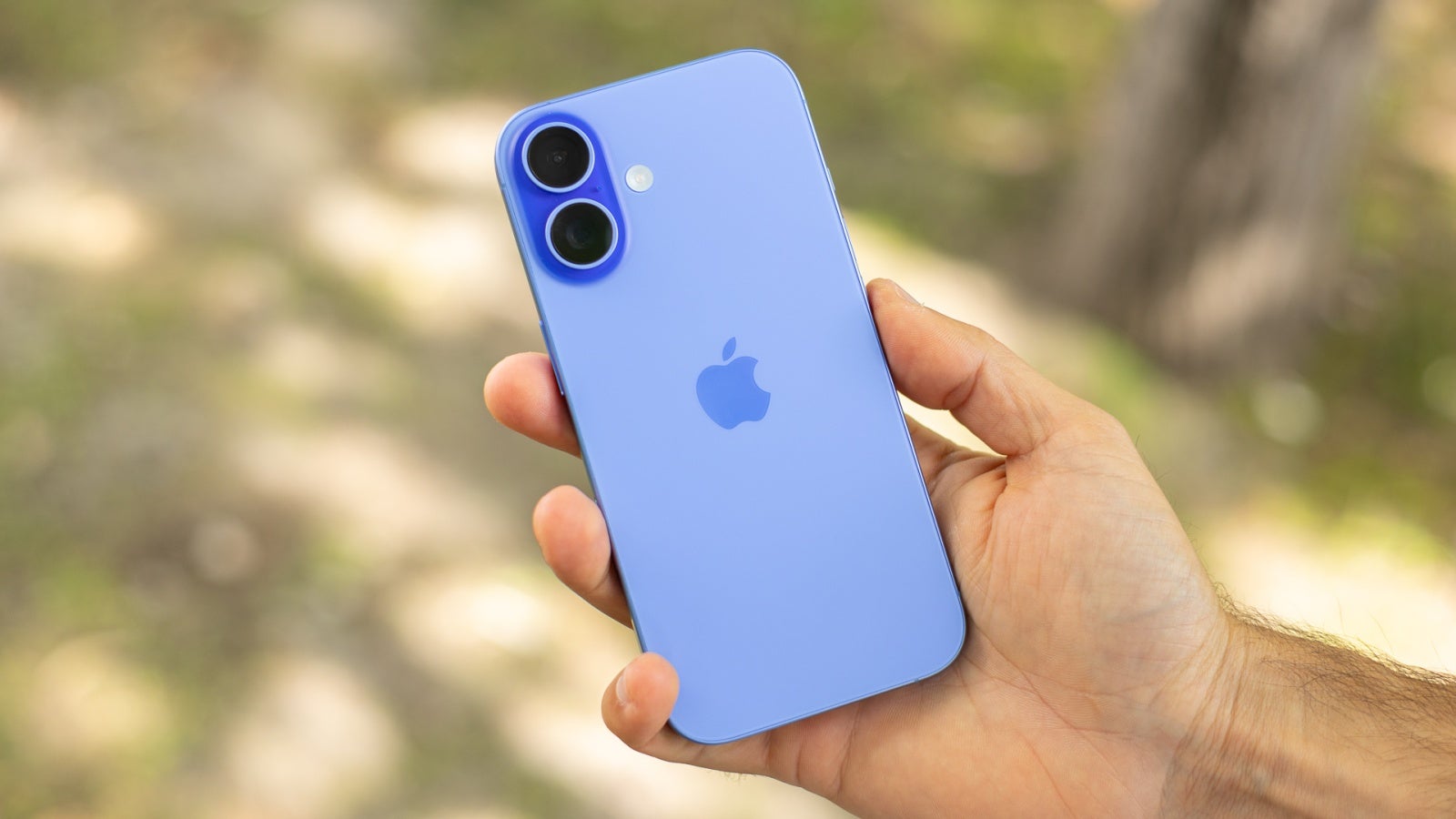
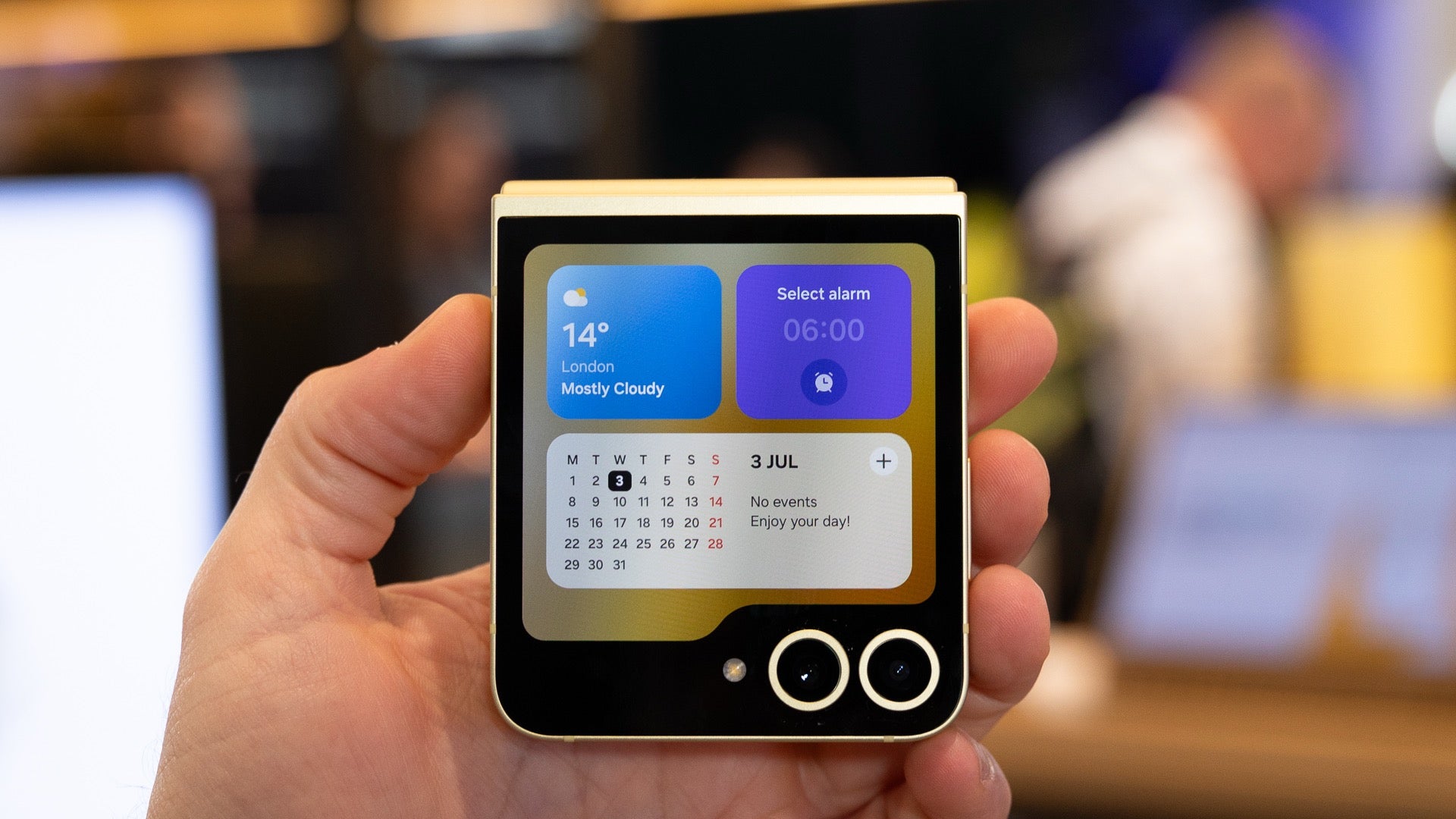
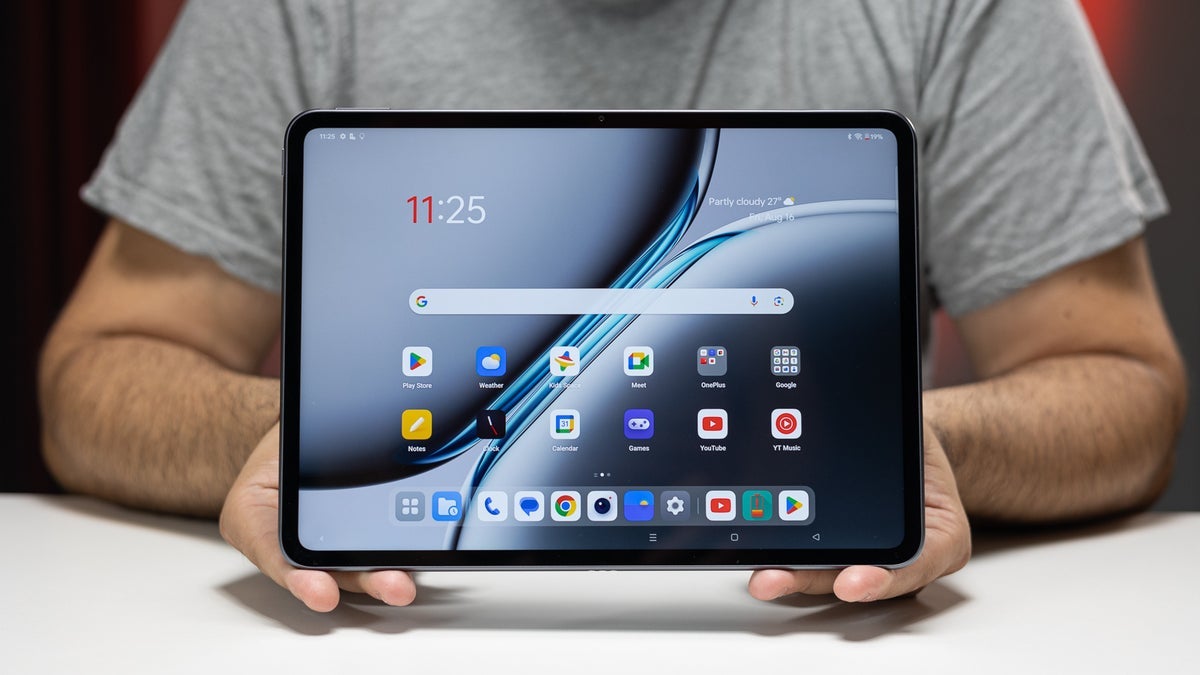





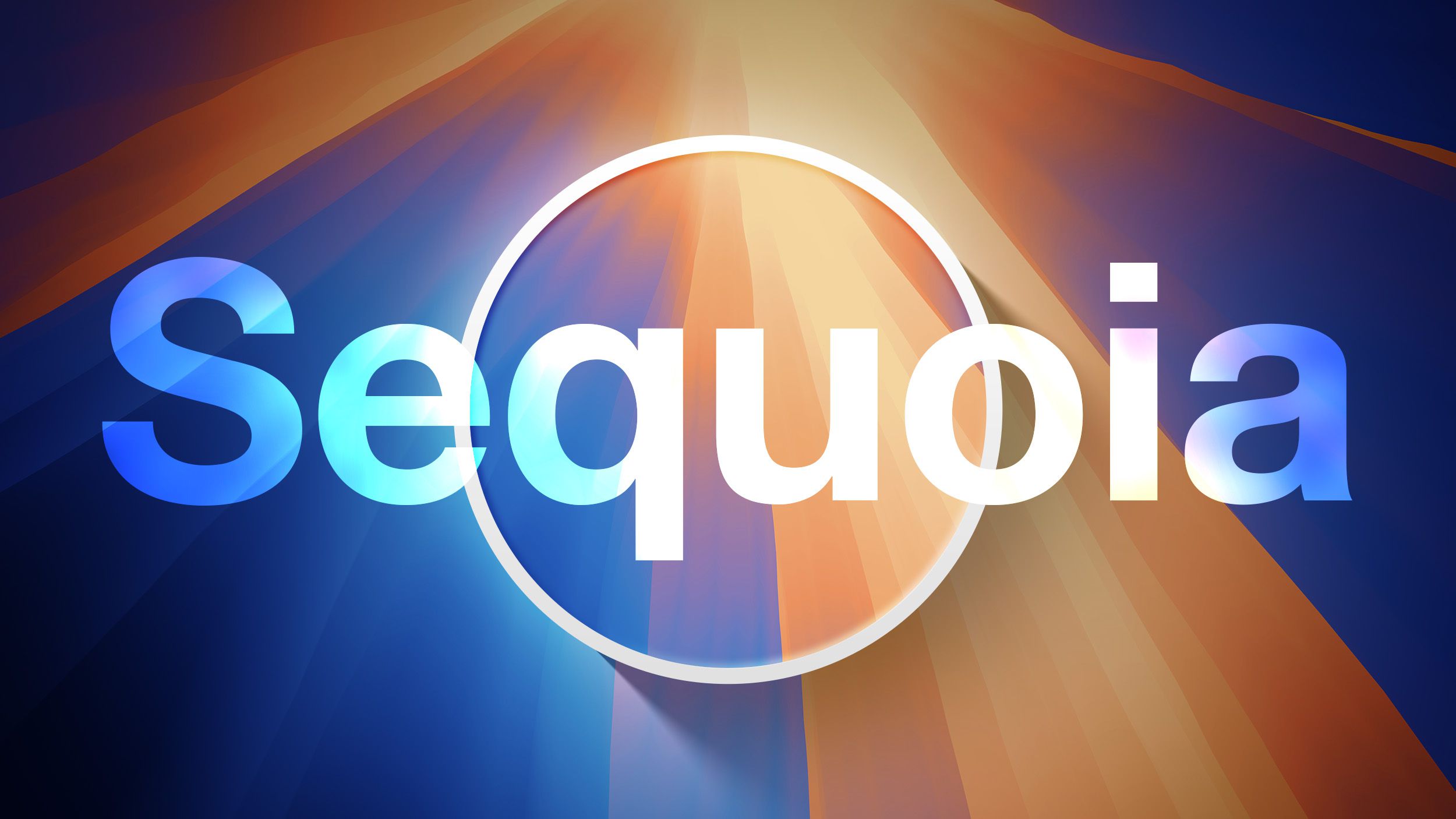
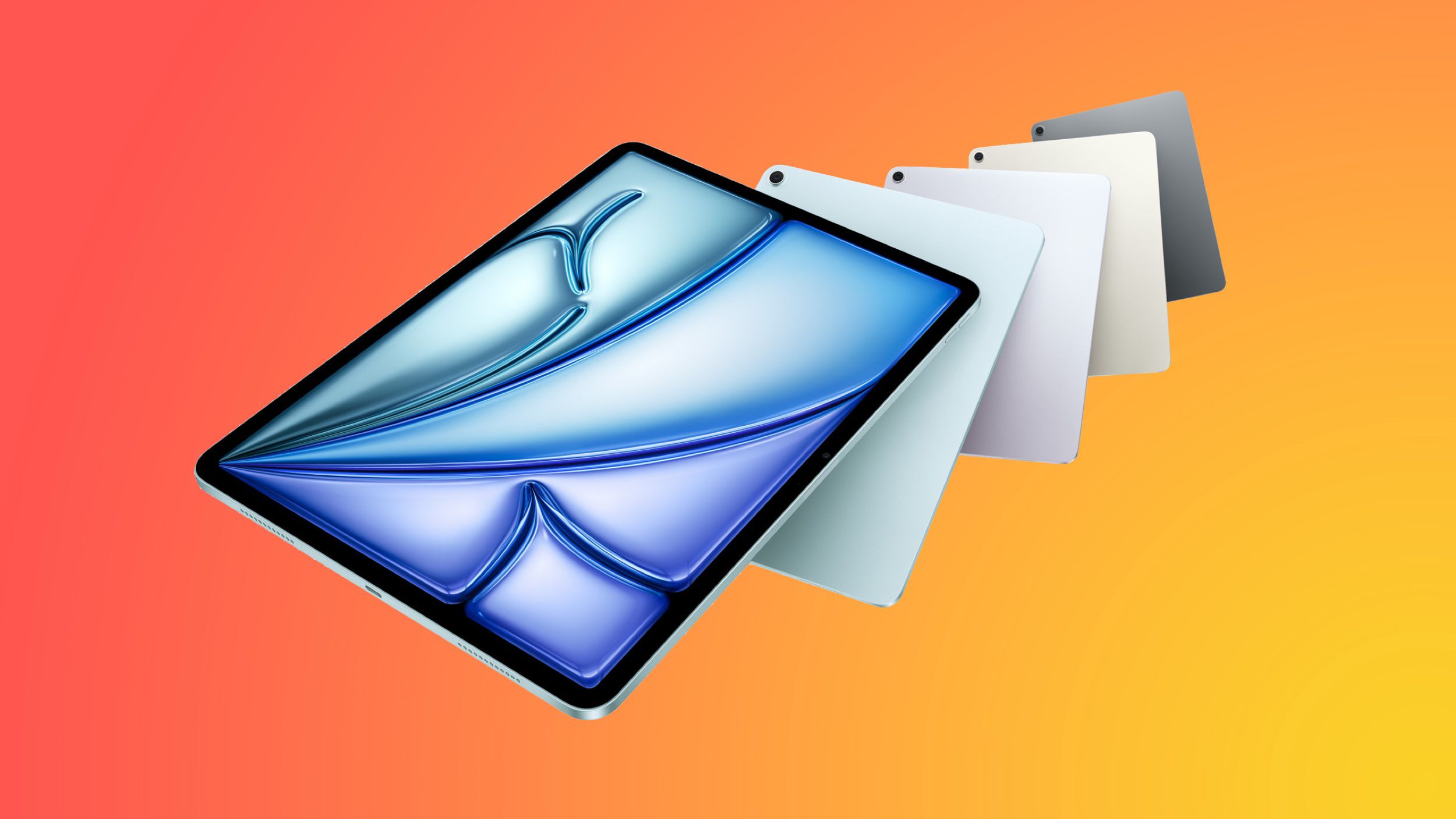























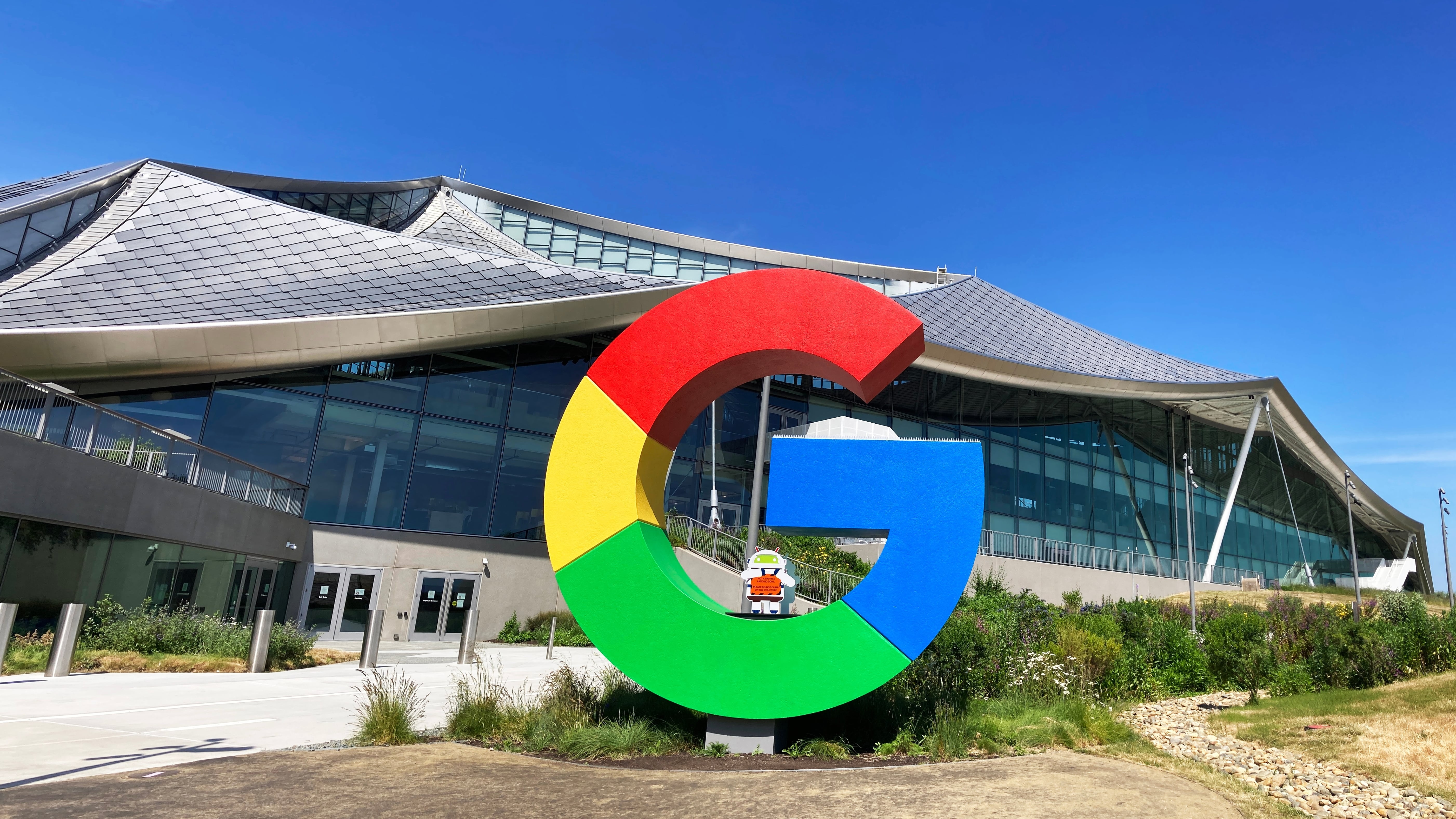
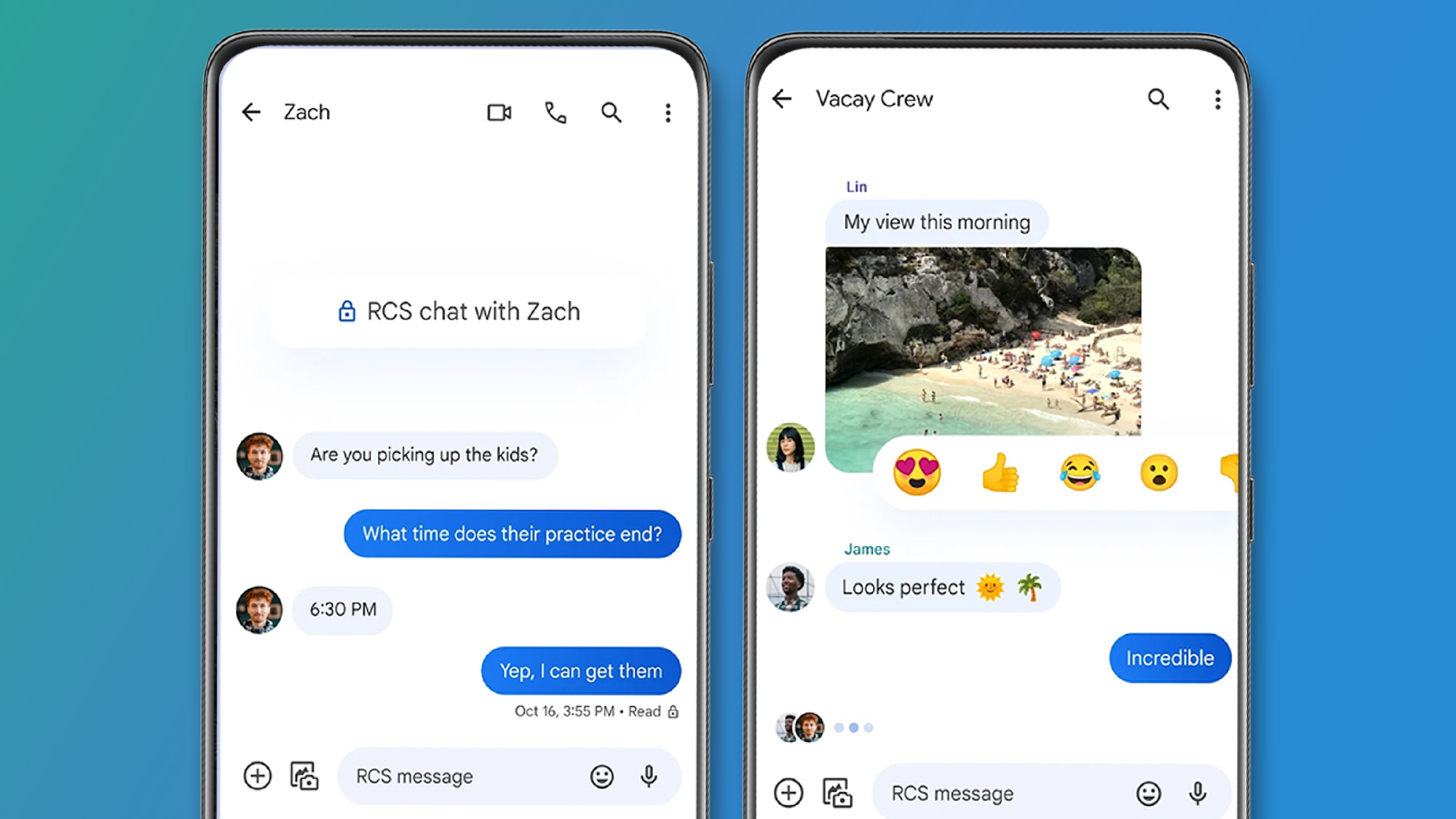
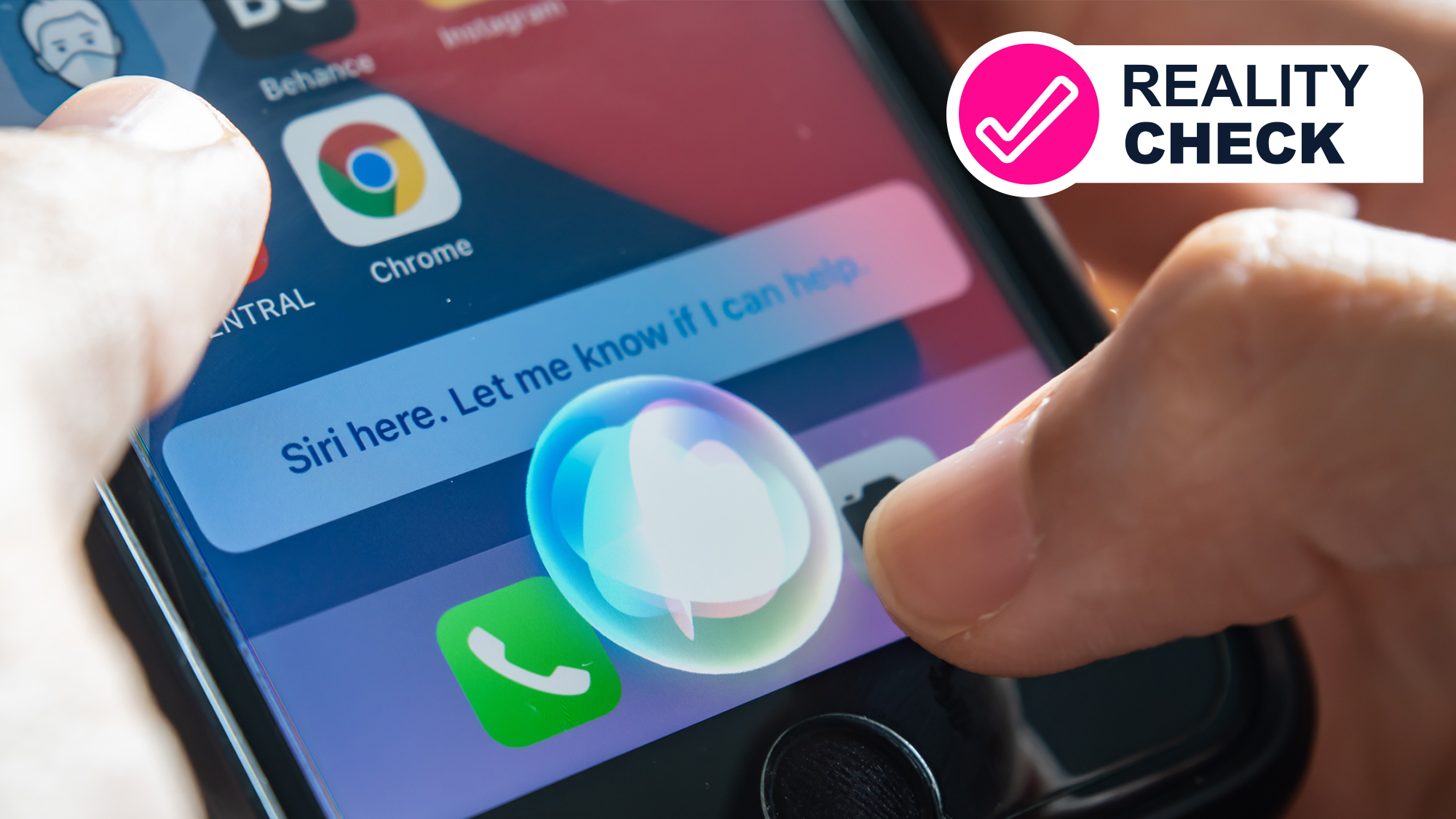
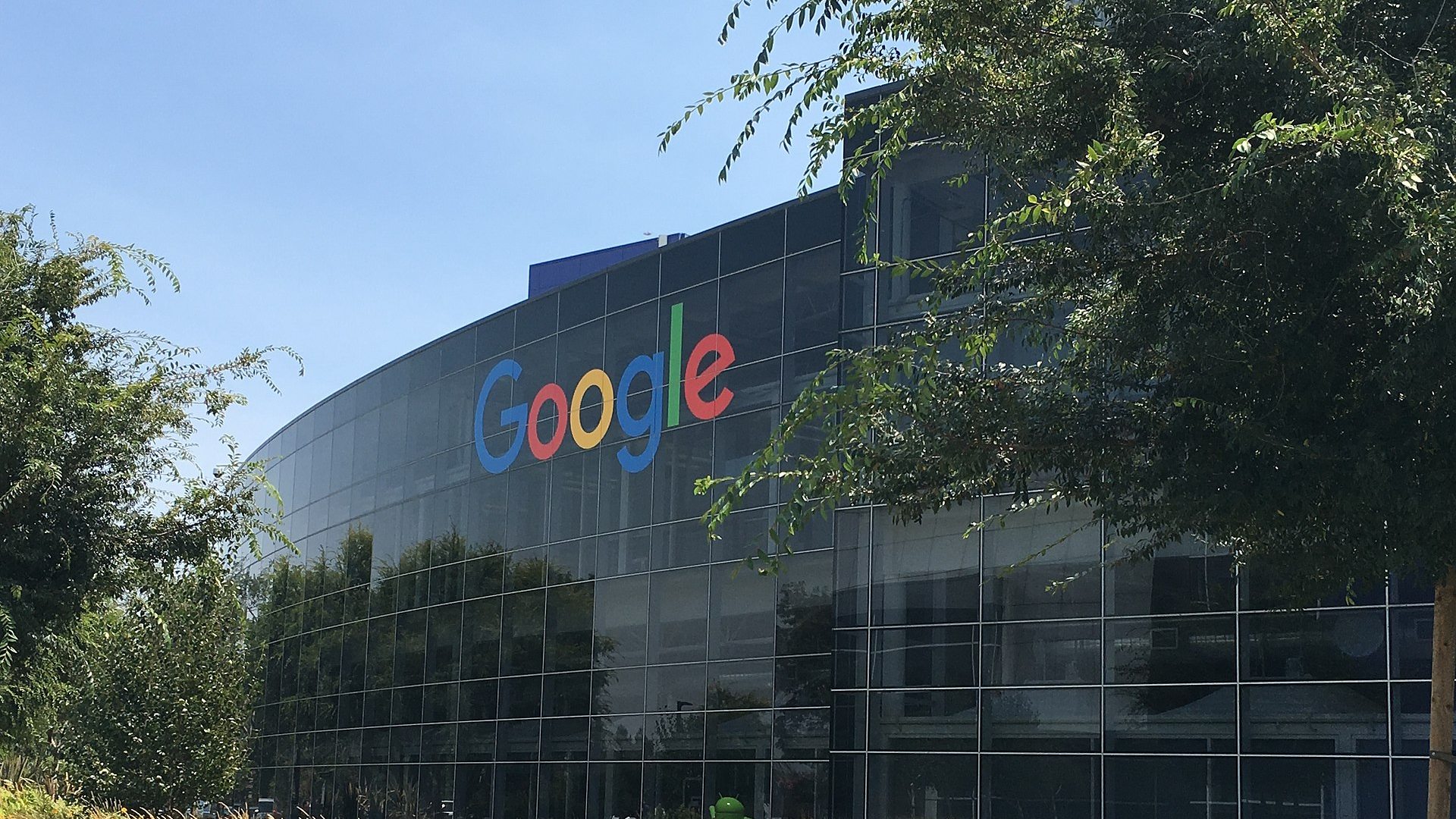


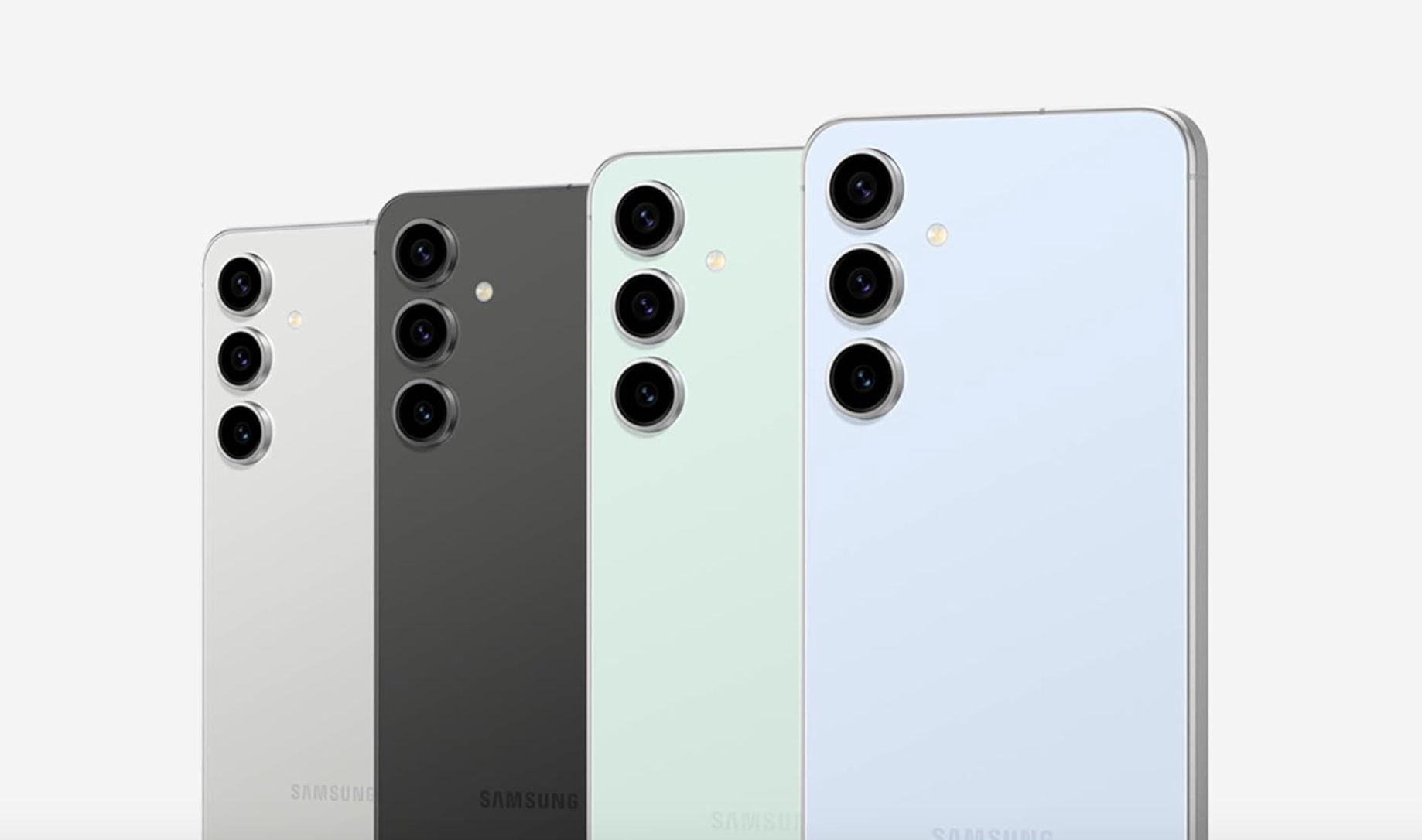












![Apple Officially Releases macOS Sequoia 15.5 [Download]](https://www.iclarified.com/images/news/97308/97308/97308-640.jpg)
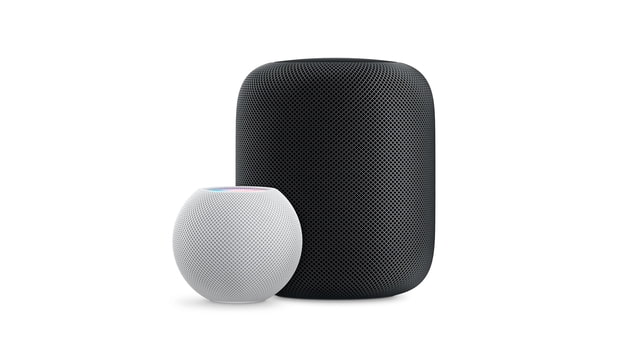

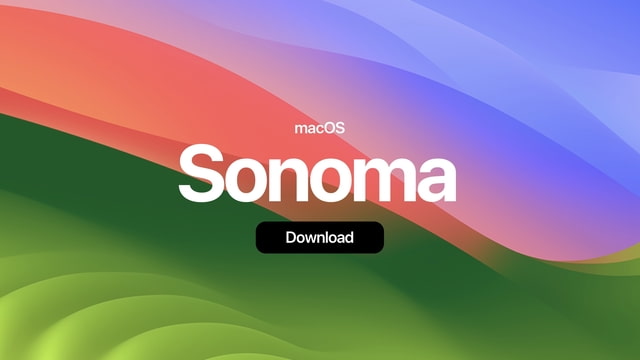





















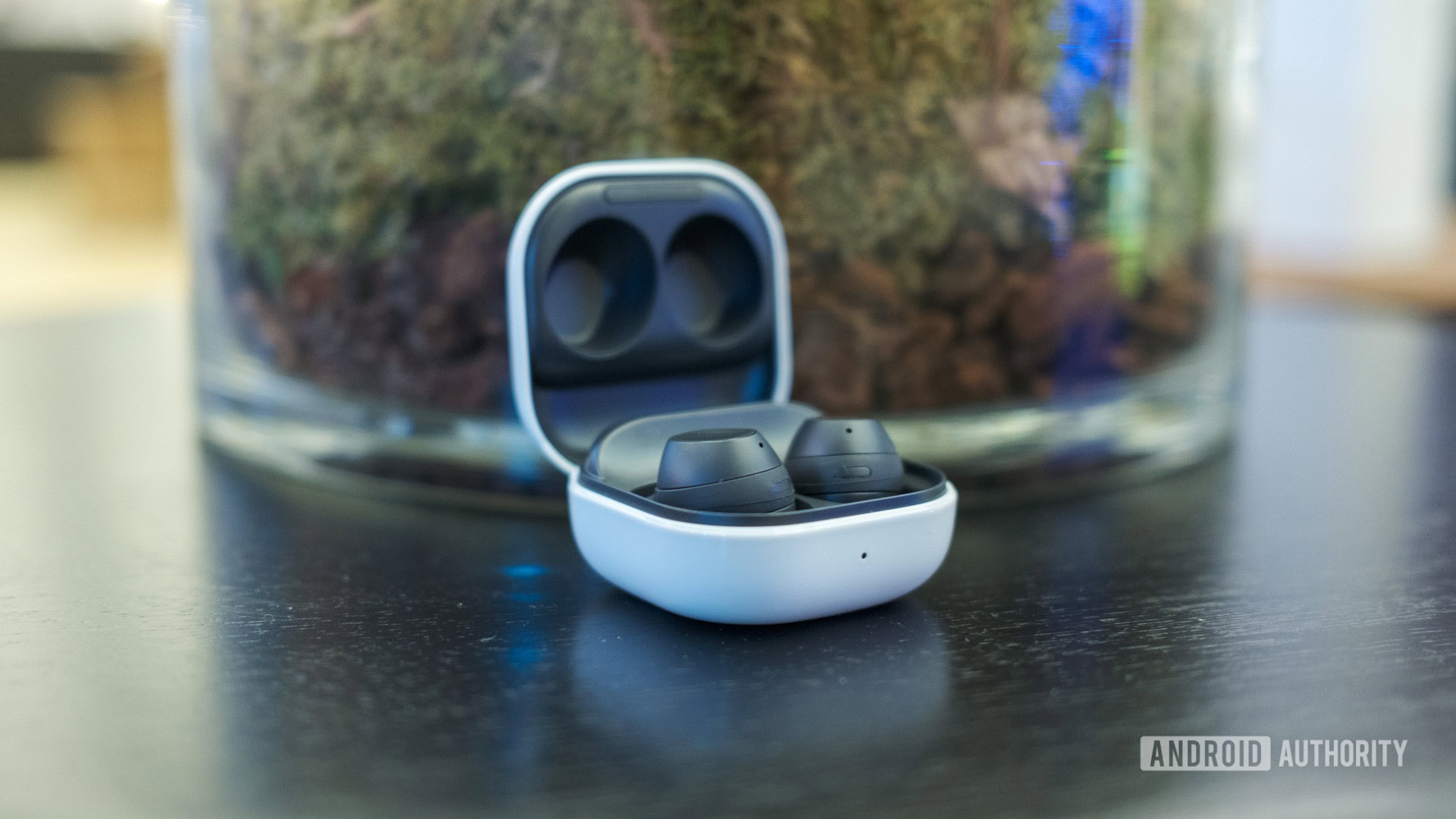



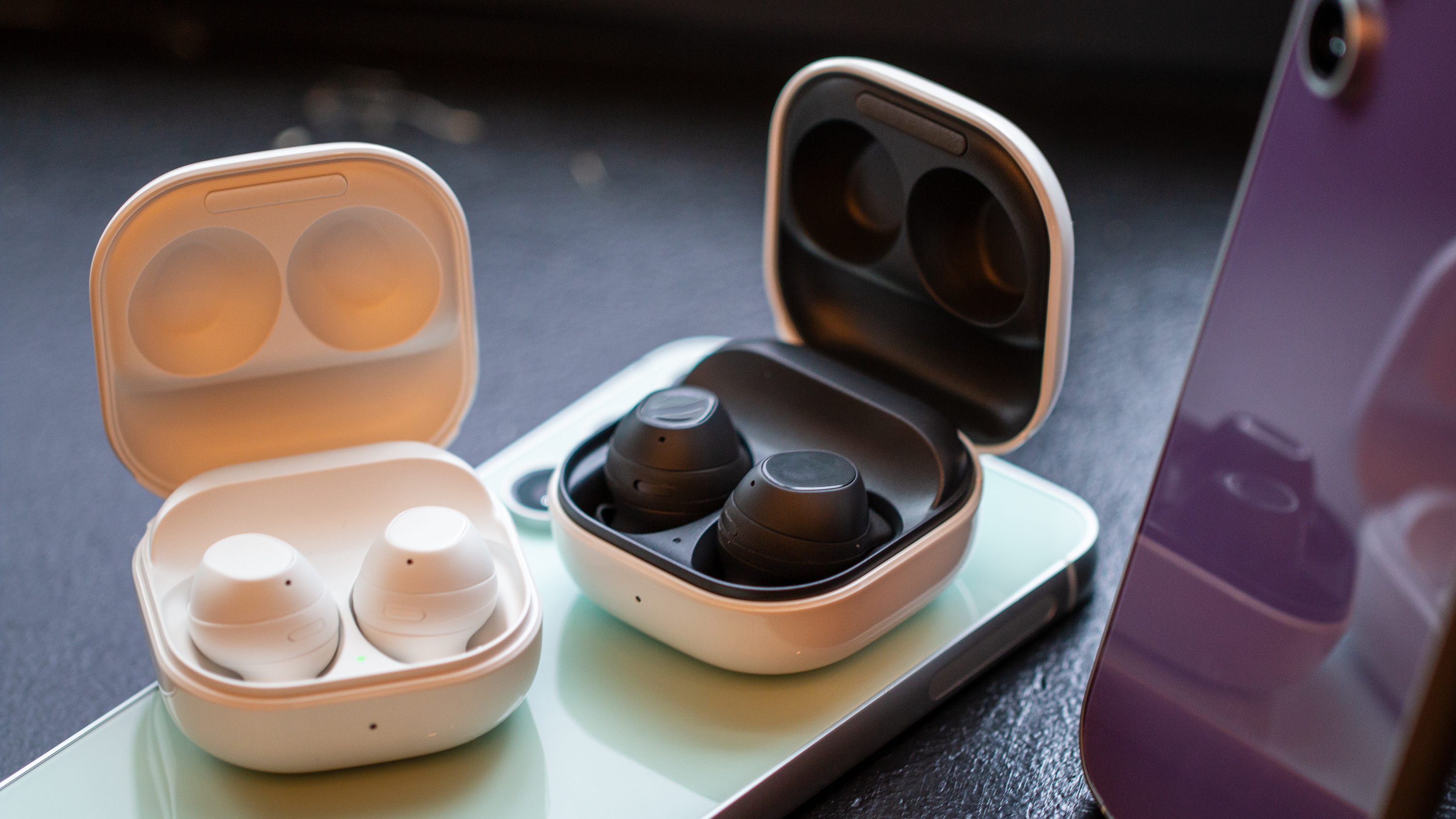

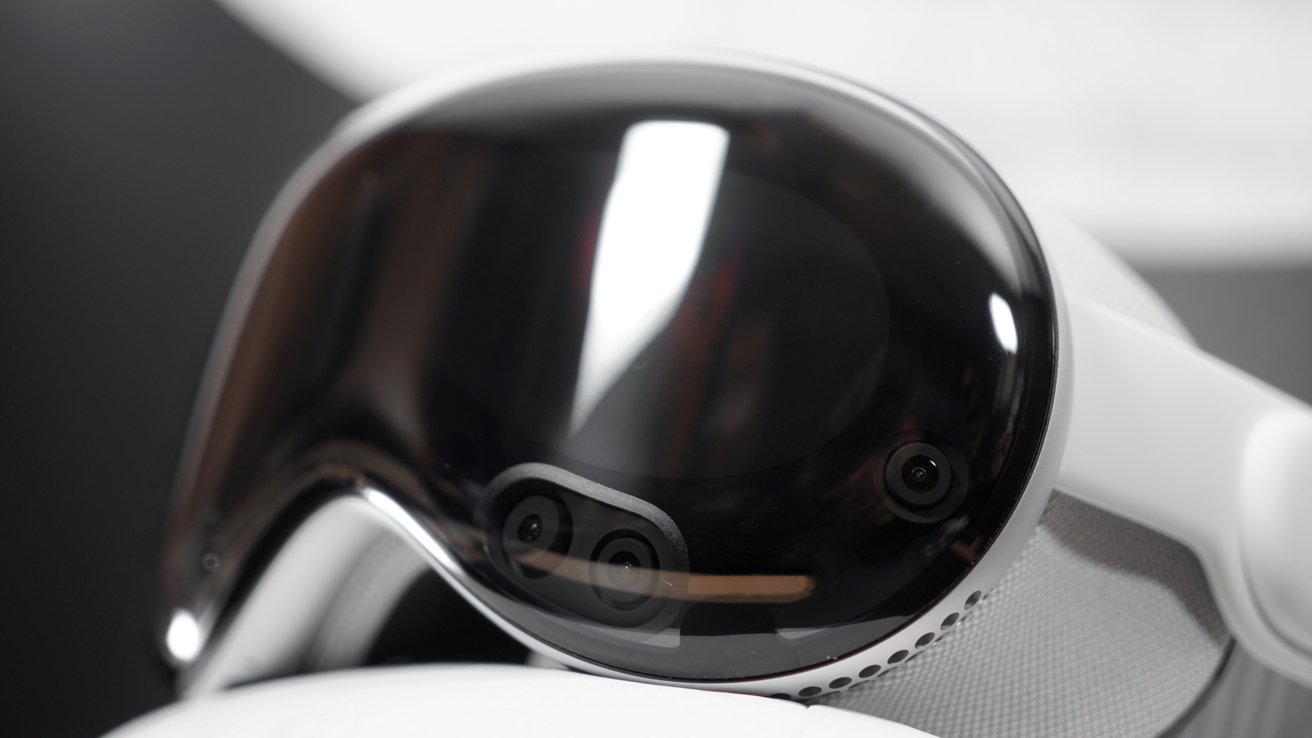
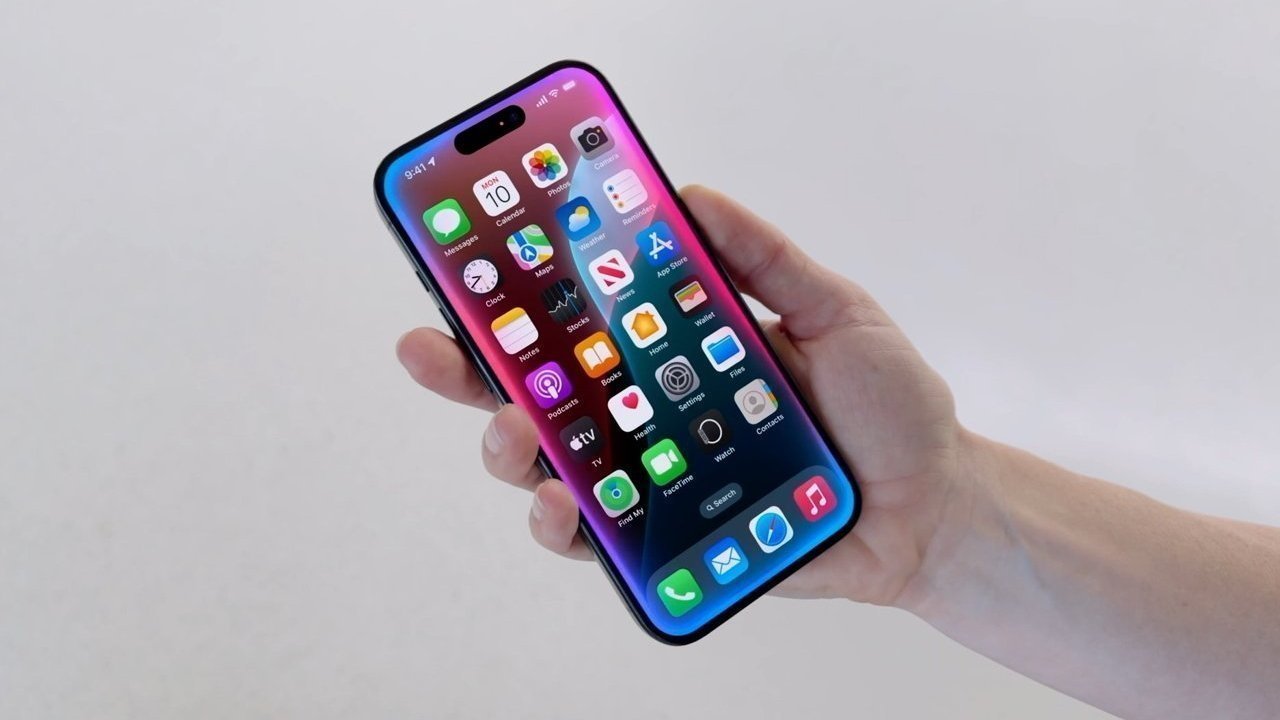
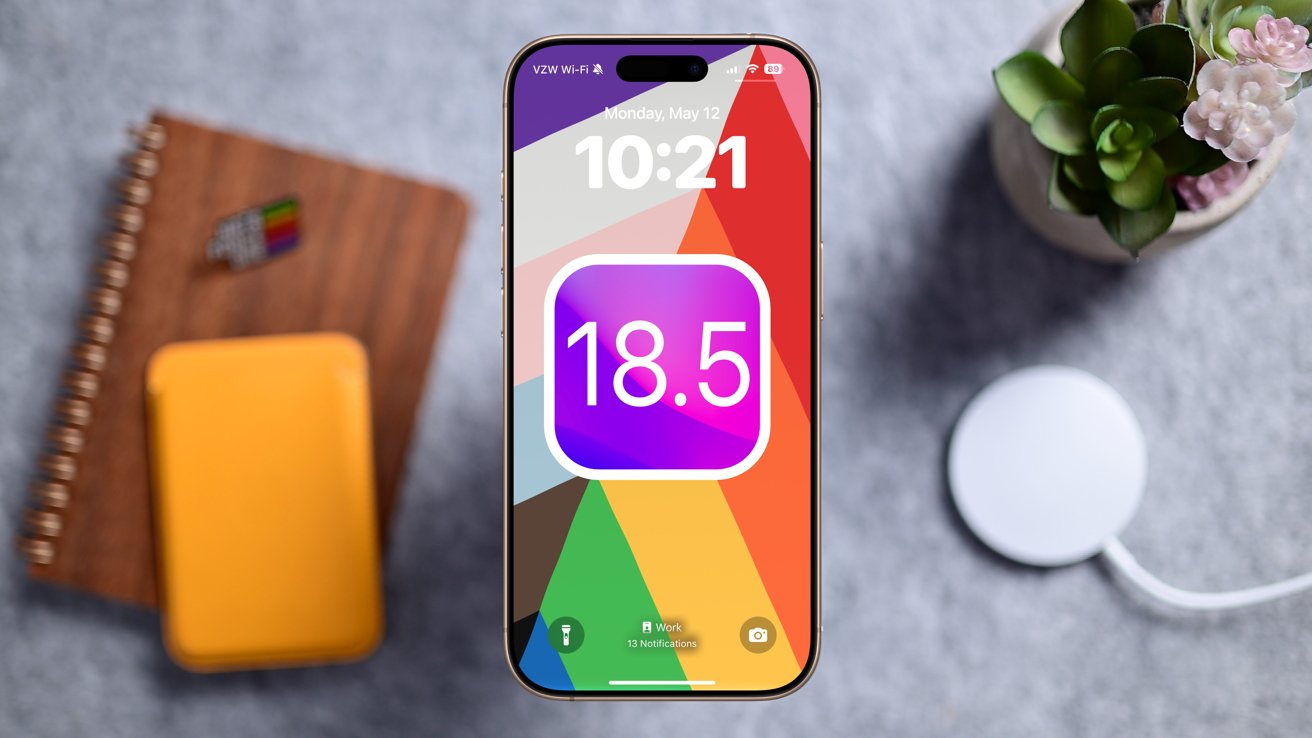







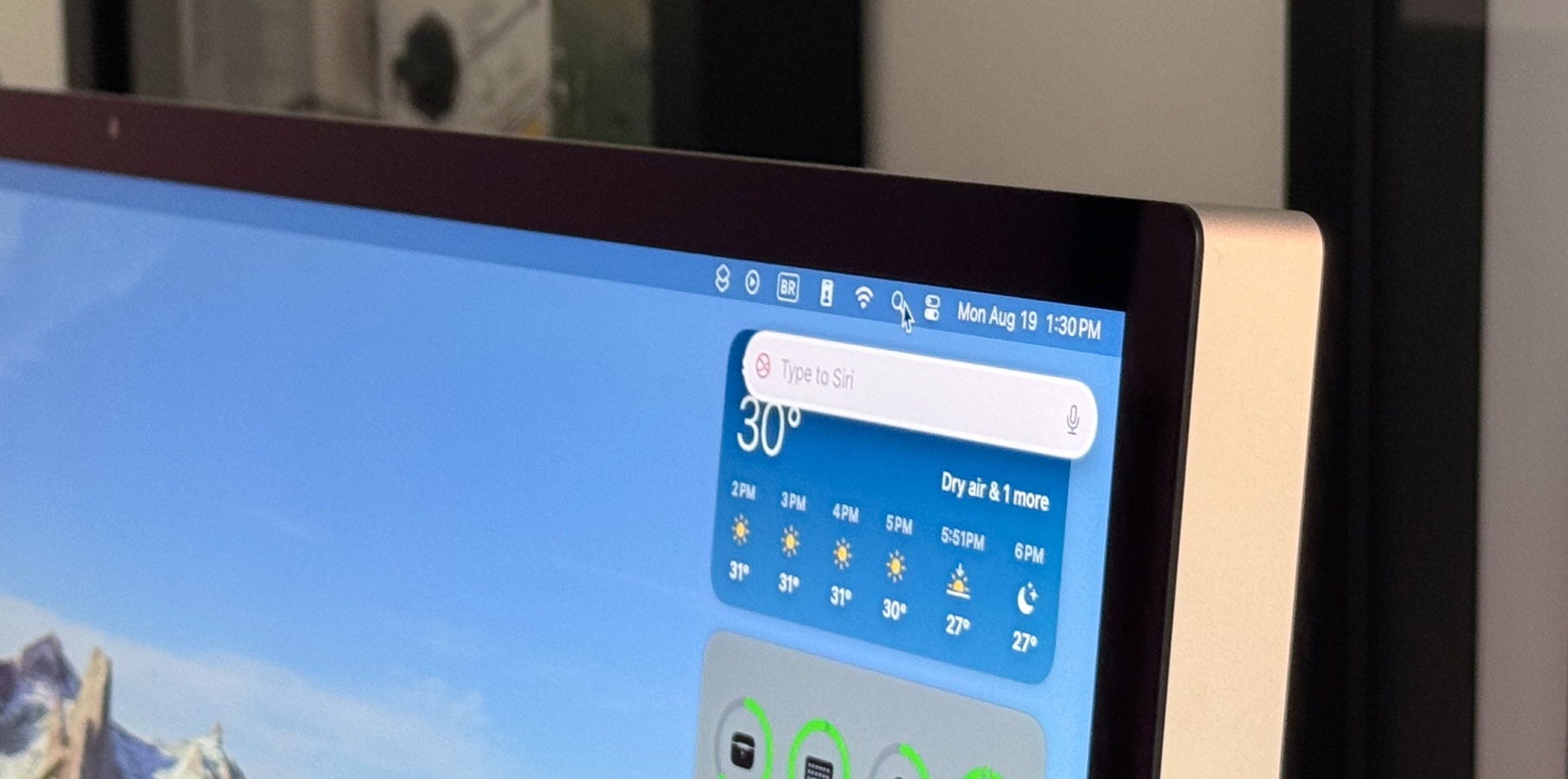

































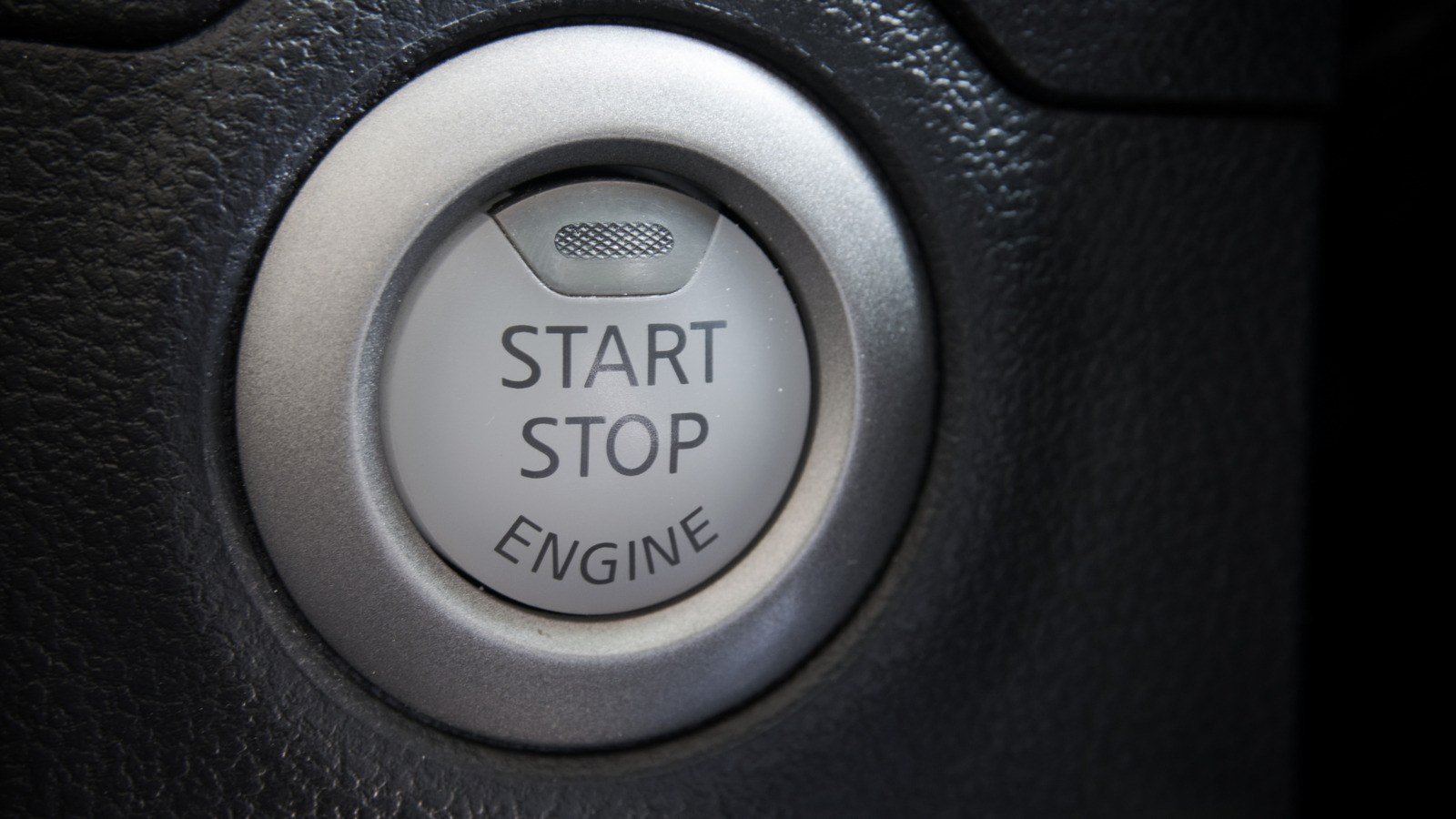
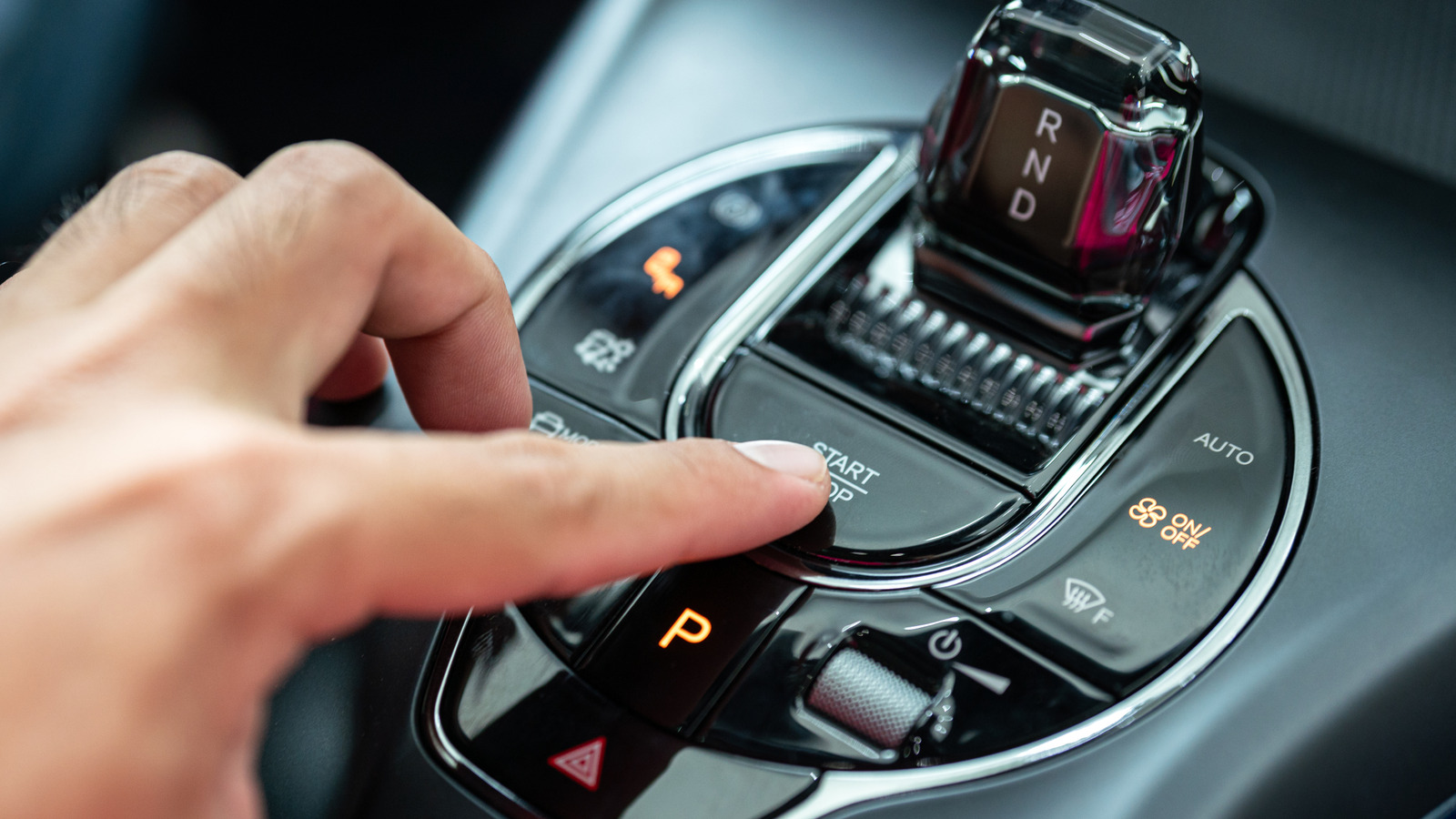

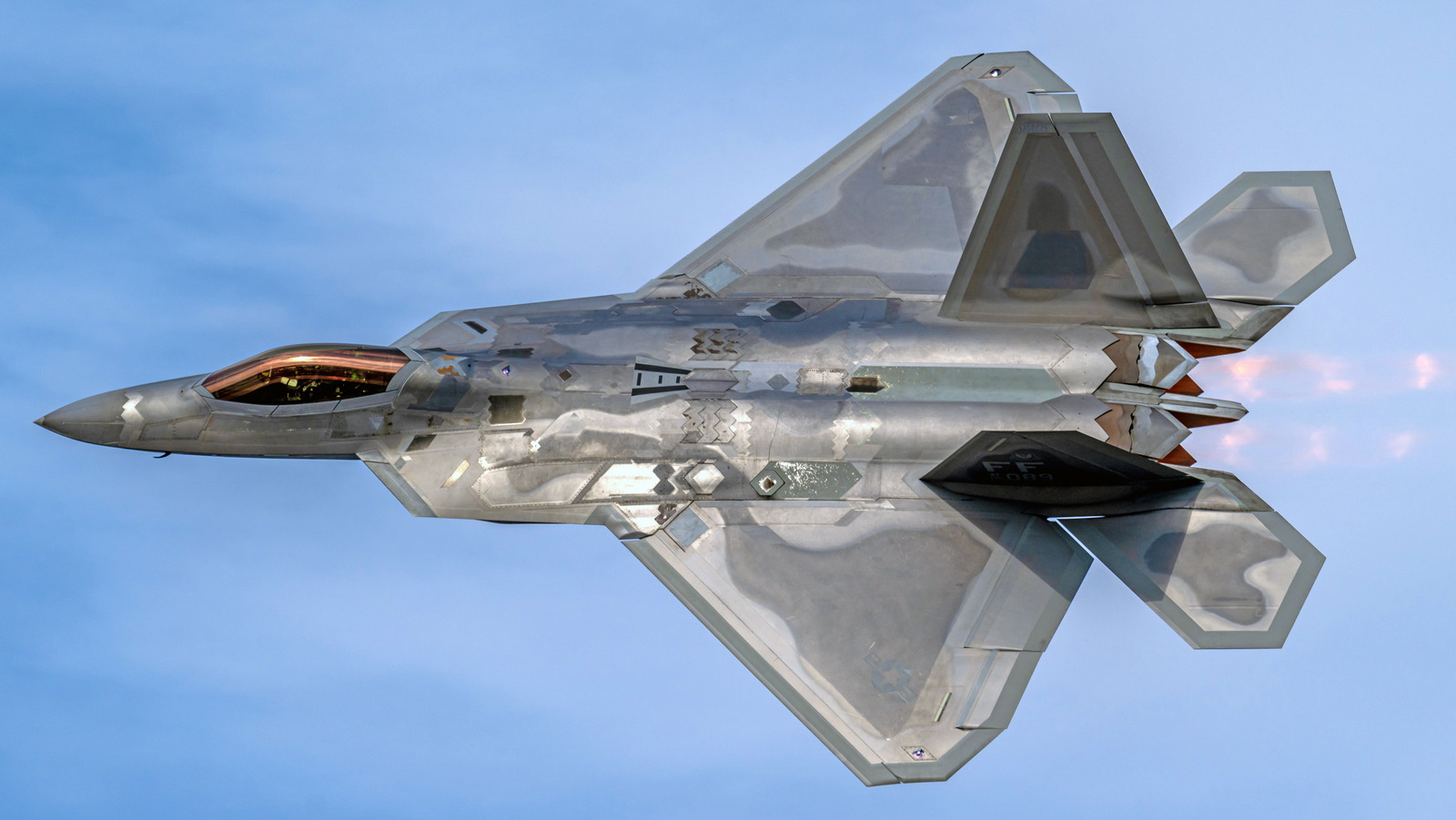





































_designer491_Alamy.jpg?width=1280&auto=webp&quality=80&disable=upscale#)









































































































































































































































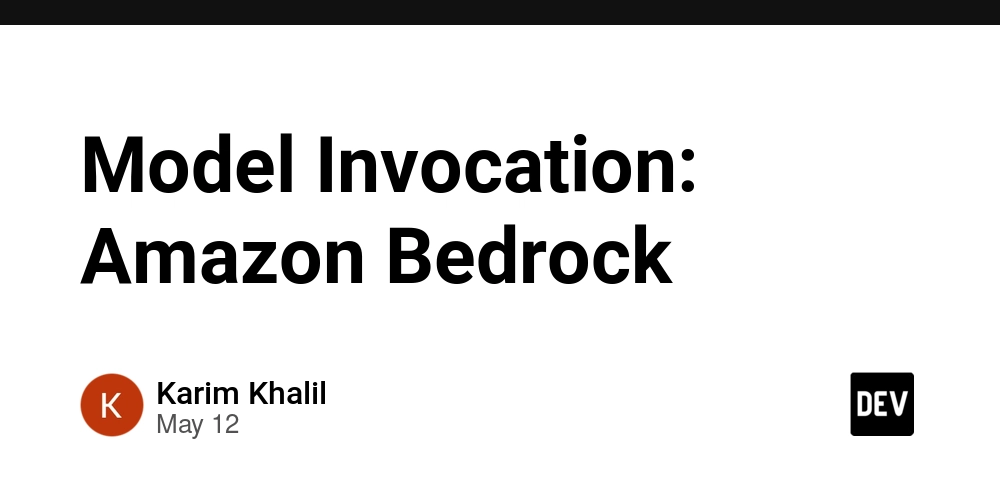












































![Ditching a Microsoft Job to Enter Startup Purgatory with Lonewolf Engineer Sam Crombie [Podcast #171]](https://cdn.hashnode.com/res/hashnode/image/upload/v1746753508177/0cd57f66-fdb0-4972-b285-1443a7db39fc.png?#)














































